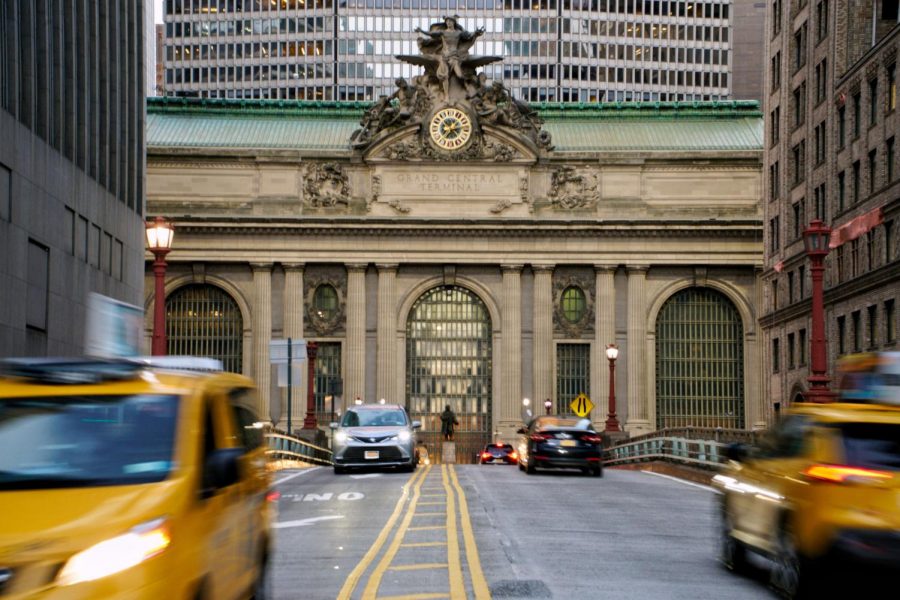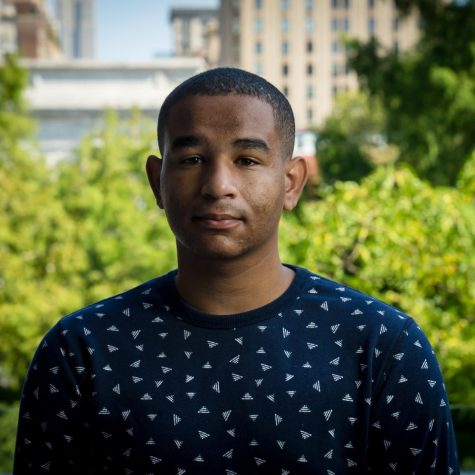How can NYC(U) be your personality if you’ve only been to Manhattan?
The who’s who of the where’s where around NYU: a look into the MTA.
(Staff Photo by Taylor Knight)
October 4, 2021
Maybe I’m being a bit narcissistic but I choose to believe it’s my recently discovered nature as a Native New Yorker™ that leads me to utterly despise locals. If you don’t know what that means let me open your eyes.
“Locals: People who live in your city that have no personality, bland, and like anything that’s mainstream. They think they’re quirky for whatever they do, but in reality are blended in with other locals.” – Urban Dictionary
Synonyms: posers, basic people, NYU students, St*rnies
I added the last few.
Now this is by no means an indictment on all NYU students but we do have a reputation among the actual people who live here as being ignorant gentrifiers who come here for a 4 year long big-city Instagram feed and everything bagels everyday. This brings us back to the beginning of this article. In my quest to both avoid locality and embrace locality – in the traditional sense – I sought to climb up, down and all around the city.
This journey naturally led me to the subject of this piece: the Metropolitan Transportation Authority. Unfortunately the MTA is often treated like New York’s own personal Regina George — popular yet widely disliked, mean and truly disgusting. However there’s truly so much more to the MTA once you take full advantage of all it has to offer. Once you get to know it, you realize that this shallow comparison to a pop culture character does this truly amazing transportation system a great dishonor.
The MTA is the most consistent yet kaleidoscopic part of New York City. Each station is uniquely decorated and laced with stories of the millions who ride the trains each day. In a lot of ways the MTA is it’s own in-between world connecting the distinctive parts of New York from the sun-soaked beaches of Rockaway Beach to the grimy dystopia of Penn Station. The MTA is the vein that keeps NYC alive.
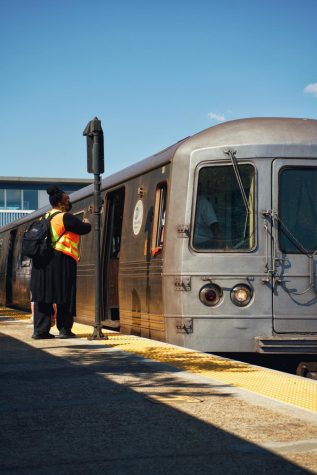
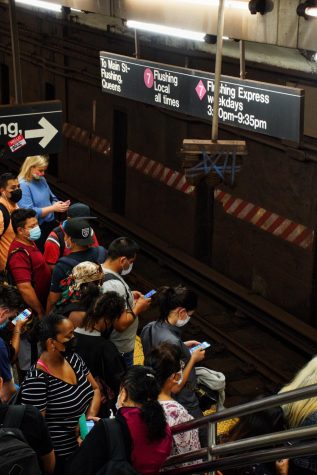
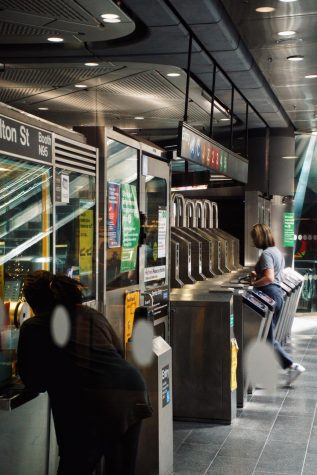
It’s been a year since I was first introduced to the MTA. I’ve been as far up as Fordham Road and all the way down Coney Island. I can only hope that I’ve lost some of my NYU-branded ignorance and really explored the city, and now I’d like to share my experience. Since there are almost three generations of first-year students on campus – as a result of the pandemic – I’d love to introduce everyone to a few important stations through my eyes.
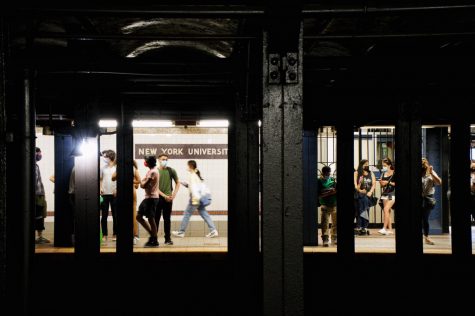
The first station to be featured is Eighth Street-NYU. As cliche this may be, this station is incredibly important because it’s the closest to Washington Square Park and it features NYU-themed images. The only issue with this station is the train lines themselves: the N and R. These lines are fairly Brooklyn/Queens-centric — but they offer Manhattanites a quick escape route off the island.
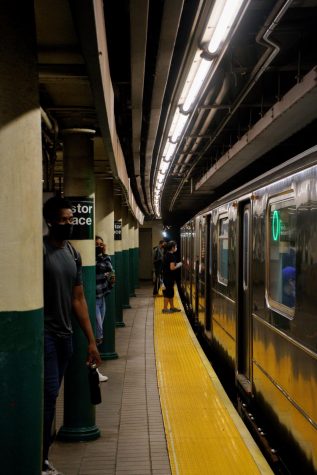
The second closest station to Washington Square Park is Astor Place and line 6. While this one is a bit farther from campus and lacks the NYU images, line 6 is perhaps the most important local line for east siders. It has access to stations in the heart of Little Italy, Chinatown, SoHo, Union Square Park, Grand Central Terminal, the Metropolitan Museum of Art and the Brooklyn Bridge. Essentially Astor Place gives on-campus students access to Manhattan’s greatest hits for the price of $2.75 without transferring.
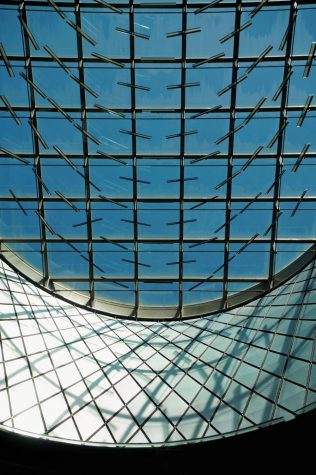
The Fulton Street station is to Tandonites as Astor Place is to Washington Square Park students – except much larger and extravagant. It features a giant oculus through the roof and is the main connection point between Brooklyn and Manhattan. Plus it has enough connections to the west side of NYC to add to its importance.
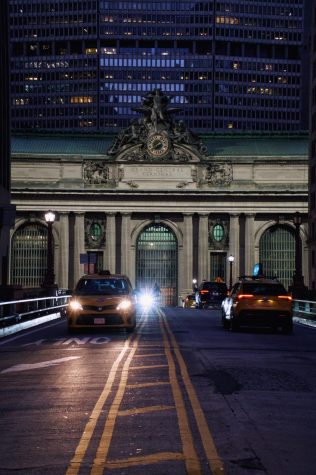
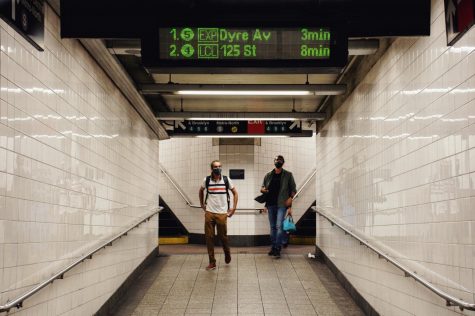
The final important station is perhaps the most iconic train station in the world: New York’s very own Grand Central Terminal. This beautiful station gives you access to Midtown, the Upper East side and Upper West side through the S-line (42nd Street Shuttle) from Bryant Park to Times Square. It also has lines 4,5 and 6 straight through making it possible to travel from Grand Central to Eighth Street in about 10 minutes. On a wider scale, the possibilities blossom. Grand Central Terminal is the final station on the Metro-North train system, meaning you have access to the entire tri-state area all the way to New Haven. The Long Island Rail Road is even expanding into the station so Grand Central Terminal will soon encompass routes to the entire Long Island area.
While it’s important to emphasize the utility of the MTA as a crossroads between areas of New York City, I think that the legitimate beauty and uniqueness of each station’s designs are amazing and add even more character to an already impressive city.
A version of this story appeared in the Oct. 4, 2021, e-print edition. Contact Taylor Knight at [email protected].


























































































































































